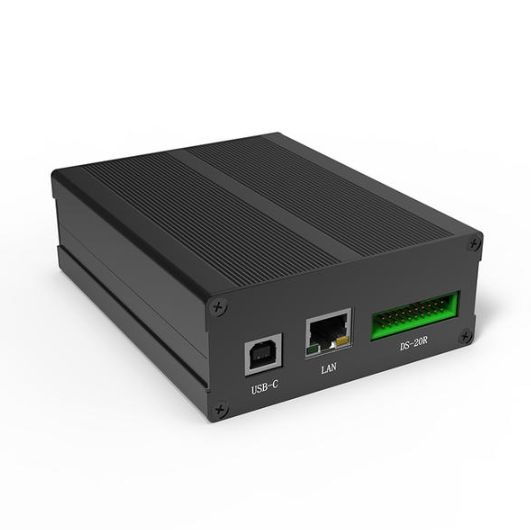Switch enclosures play a crucial role in protecting sensitive electronic components, ensuring their functionality and longevity. Selecting the right size enclosure is essential as it directly impacts the safety, efficiency, and organization of your electrical systems. Here's a purchasing guide to help you navigate the process and make an informed decision.
What is a Switch Enclosure?
A switch enclosure is a protective housing designed to safeguard electrical switches, control components, and sensitive equipment from environmental factors, physical damage, and unauthorized access. It serves as a housing or casing for various electrical components, offering both protection and organization.
Factors When Choosing Switch Enclosure
Choosing the right size switch enclosure involves considering several factors to ensure it accommodates your specific needs. Here are some steps to guide you:
Identify Components
List all the components you plan to house within the enclosure. This includes switches, circuit breakers, terminals, or any additional accessories.
Space Requirements
Measure the dimensions of the largest components that will go inside the enclosure. Consider not only their width, height, and depth but also the required clearance space for ventilation or future maintenance.
Future Expansion
Anticipate future needs. If you plan to add more components or expand the system, ensure the enclosure has extra space for these additions.
Environmental Considerations
Consider the environment where the enclosure will be placed. Is it indoors or outdoors? Will it be exposed to moisture, dust, or extreme temperatures? Ensure the enclosure is rated appropriately for the environment (IP rating for moisture and dust protection, NEMA rating for ruggedness, etc.).
Material and Durability
Choose a material that suits your environment and durability requirements. Common materials for switch enclosures include stainless steel, aluminum, plastic, or fiberglass.
Accessibility
Ensure easy access for installation, maintenance, and repairs. Consider the layout of components within the enclosure to allow for easy wiring and servicing.
Standards and Regulations
Check if there are specific industry standards or regulations that dictate enclosure size or material requirements for your application. Compliance with these standards is crucial for safety and legality.
Consultation and Expert Advice
If you're uncertain or have unique requirements, consider consulting with an electrical engineer, technician, or a specialist familiar with switch enclosures. They can provide insights based on their experience and expertise.
Vendor or Manufacturer Guidelines
Often, manufacturers provide guidelines or calculators to assist in choosing the right enclosure size based on the components you plan to house. Utilize these resources for a more precise selection.
Budget Consideration
Balance your requirements with your budget. Sometimes, larger or more specialized enclosures might be costlier, so finding the right compromise between size and cost is essential.
Conclusion
Choosing the right size switch enclosure involves a balance between current needs, future scalability, environmental considerations, and compliance with standards. Prioritizing these factors ensures not only the protection of your electrical components but also facilitates efficient maintenance and system upgrades. Take the time to assess your requirements thoroughly to make an informed and effective selection.




